Global environment in the KUZ lab
Environmental simulation
Environmental simulation replicates natural environmental influences on materials and components. The aim is to shorten practical testing, to reduce development risk and to gain sufficient knowledge about the reliability and service life of components and subsystems even before prototypes are completed. At the KUZ, a variety of testing equipment is available to simulate the stresses imposed on your products by temperature, climate and solar radiation in a wide range of ways.
We test for you according to national and international standards, according to manufacturers' specifications or carry out special tests specifically according to your specifications.
- Temperature test
Under global environmental conditions, components are exposed to a wide variety of temperatures. Low and high temperatures, but also temperature changes, can lead to damage to the material/component. The damage may range from visual changes (discoloration) to warpage and loss of mechanical properties (cracks, fracture). Cold behavior testing is a short-term test. Rhis is usually carried out within 24 h. Such a test can be carried out at any time. In contrast, tests of thermal or aging behavior can last up to 1000 h.
- Climate test
In climatic testing, a wide variety of ratios between temperature and humidity are combined to simulate the long-term behavior of products under more stringent conditions in the laboratory. A climate change test is characterized by phases of high and low temperatures, where the humidity varies as well. Between these stress phases, rest phases are built in. The changing environmental conditions on the material/component are intended to reveal weak points in order to avoid damage and complaints later on. To investigate the influence of condensing moisture on the surface, temperature and humidity are kept constant over a defined period of time. In a vapor-tight climate chamber, a warm and humid atmosphere is generated - a condensing moisture atmosphere with constant humidity (CH).
- Sun simulation, weathering and hot exposure
Almost all products are exposed to sunlight in the form of global radiation or global radiation behind window glass during their lifetime. The damaging effect of the sun's rays is based on the one hand on the short-wave UV component and on the other hand on the longer-wave warm IR component. The destruction of the surface can range from an optical change, such as yellowing or fading, to loss of strength. The combination of UV light with water that accelerates aging is called weathering or weather fastness. Testing with global radiation behind window glass, used for indoor products, is known as hot exposure or lightfastness. To simulate sunlight, the KUZ laboratory has testing technology with xenon emitters and with metall halide emitters.
Our services for environmental simulation in detail
Our equipment at a glance
several hot cupboards
Hot storage / aging
Binder GmbH
Beta+, 440
Xenotest test equipment
Atlas MTT GmbH
Type 3433/16
Climatic test chamber
Feutron Klimasimulation GmbH
Light climate test chamber CL -70/1000
Sun simulation
CTS GmbH
Kersternich corrosion tester HK 310
Condensed water constant climate
Köhler Automobiltechnik GmbH



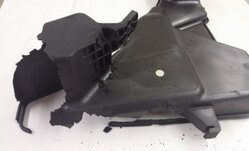
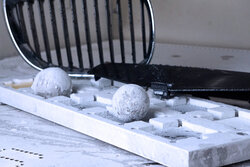
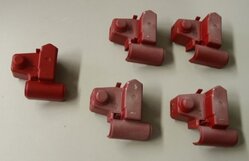

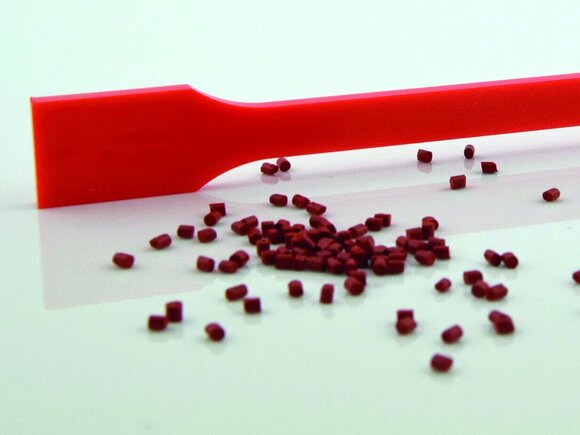
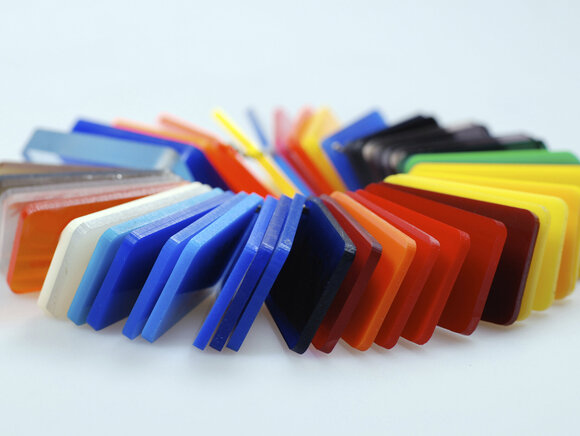
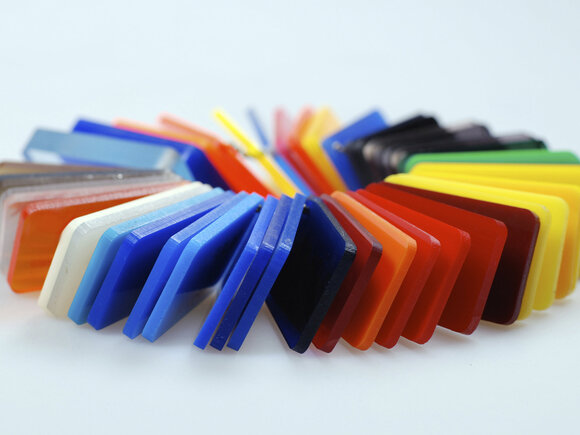
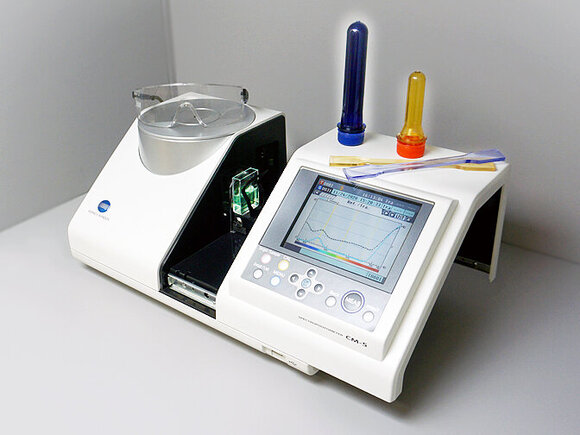
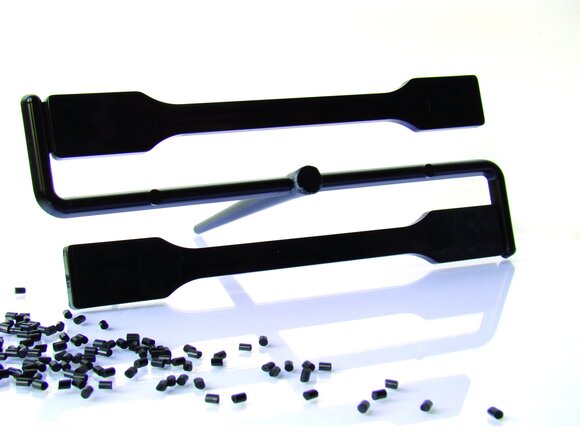




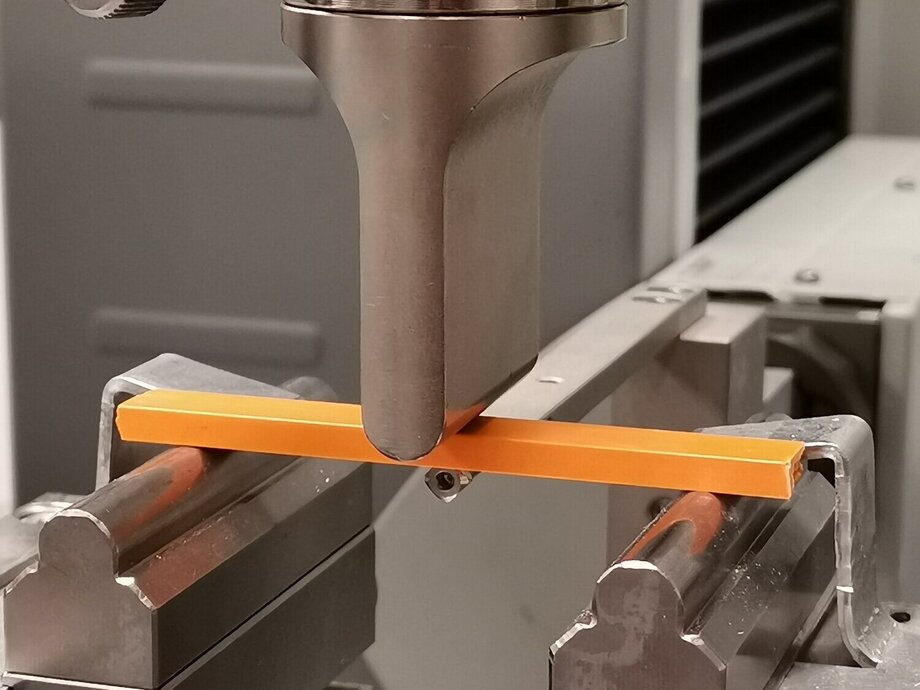
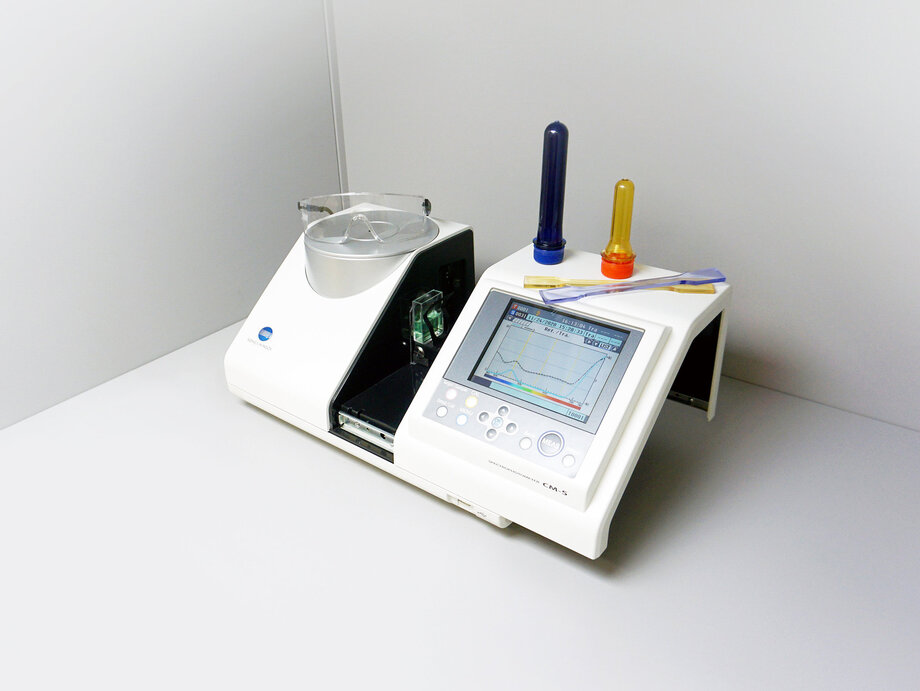
 "/>
"/>